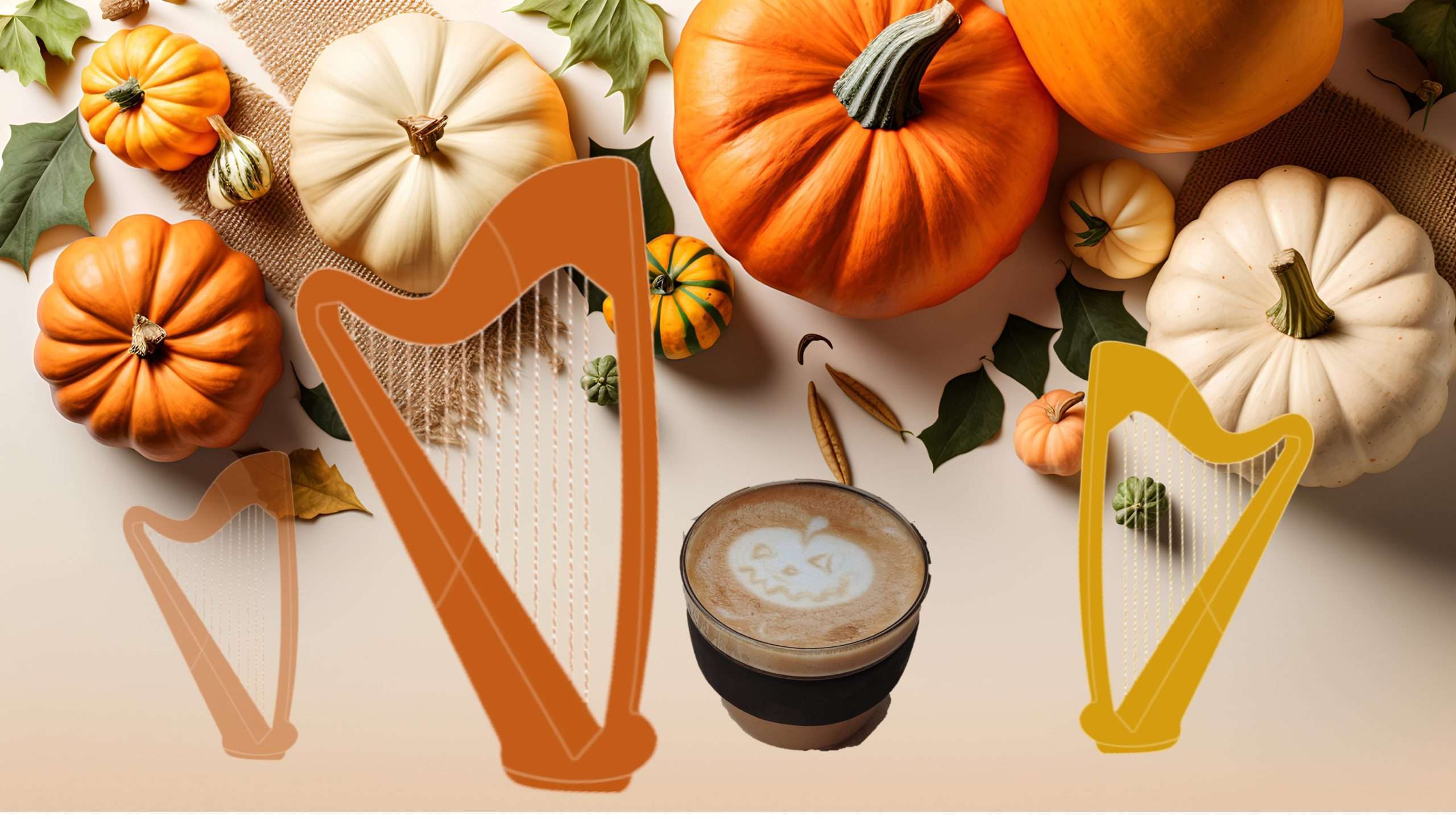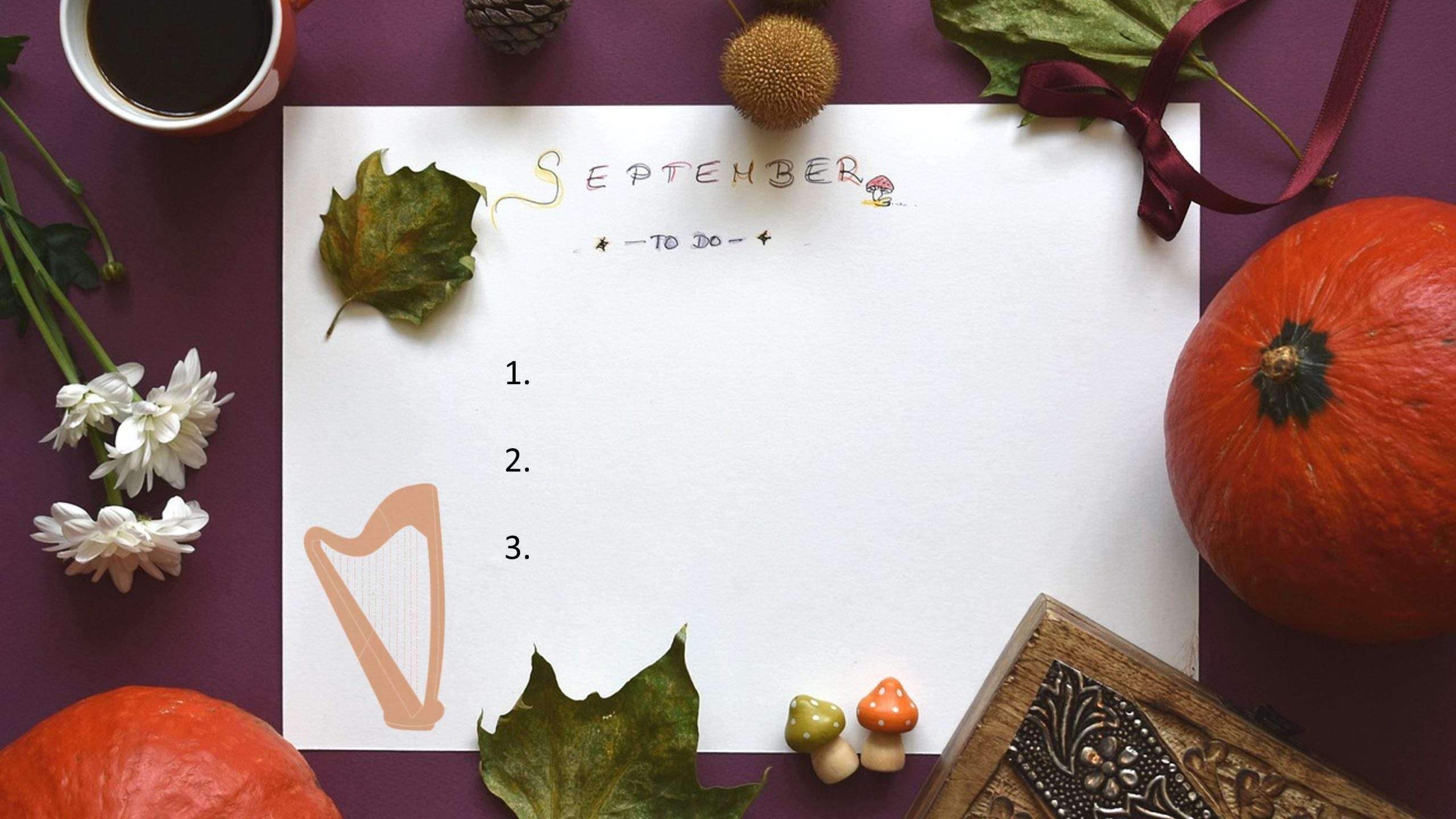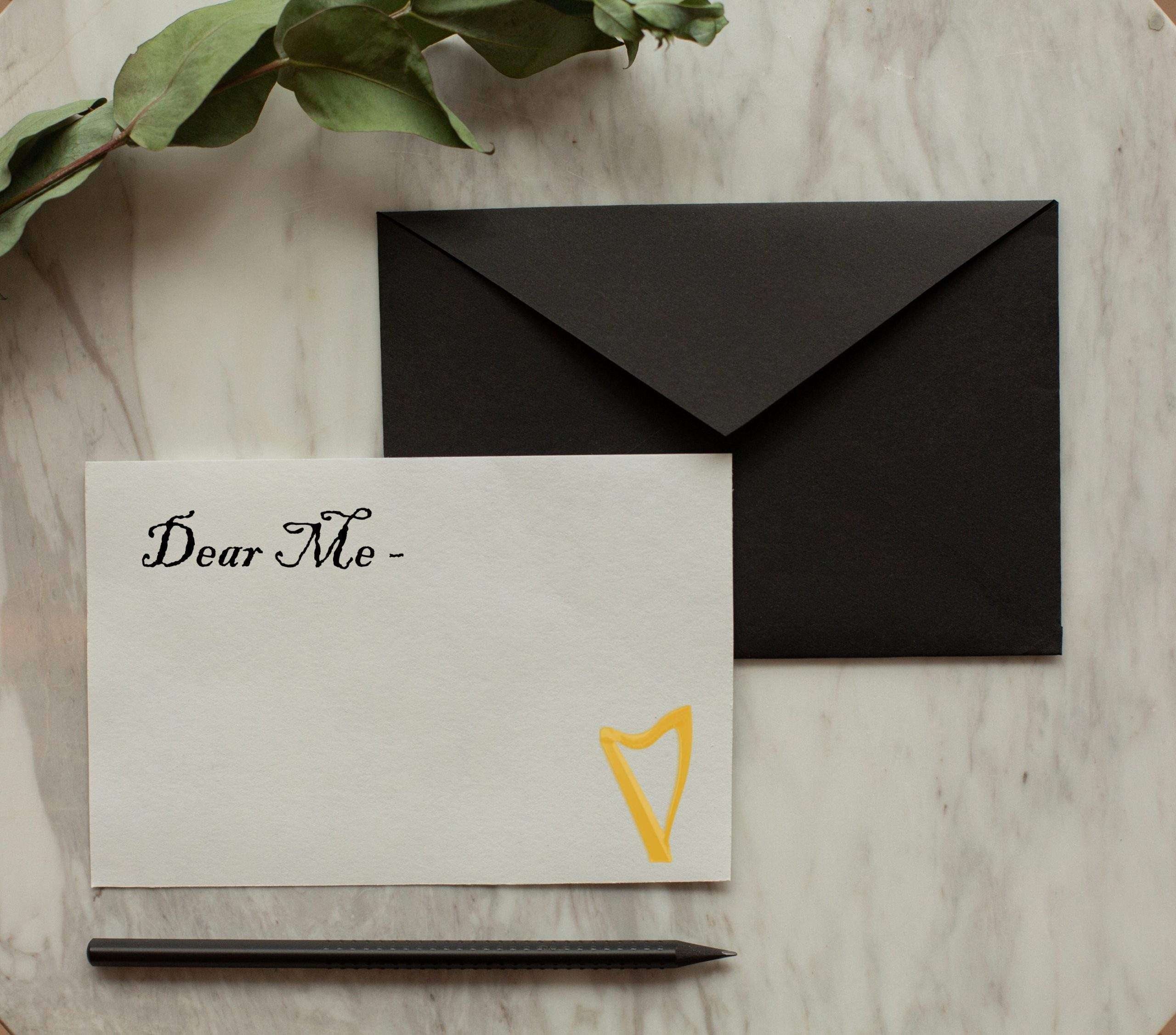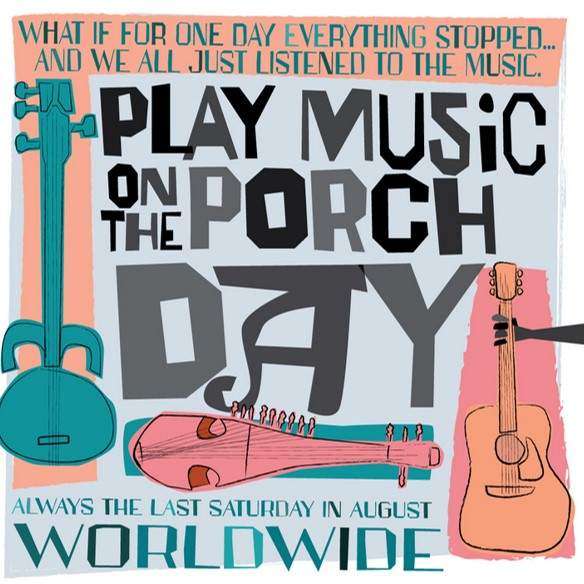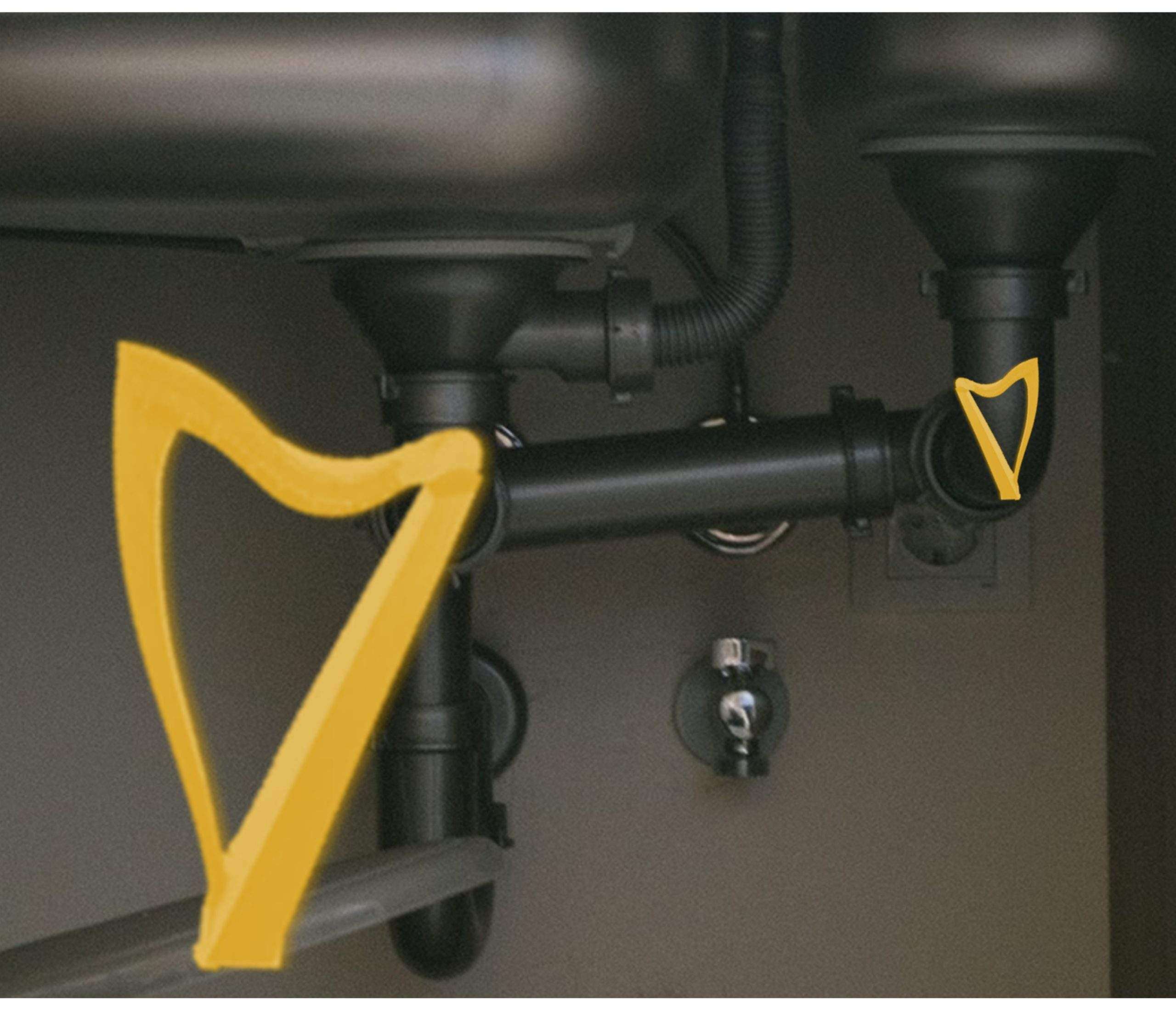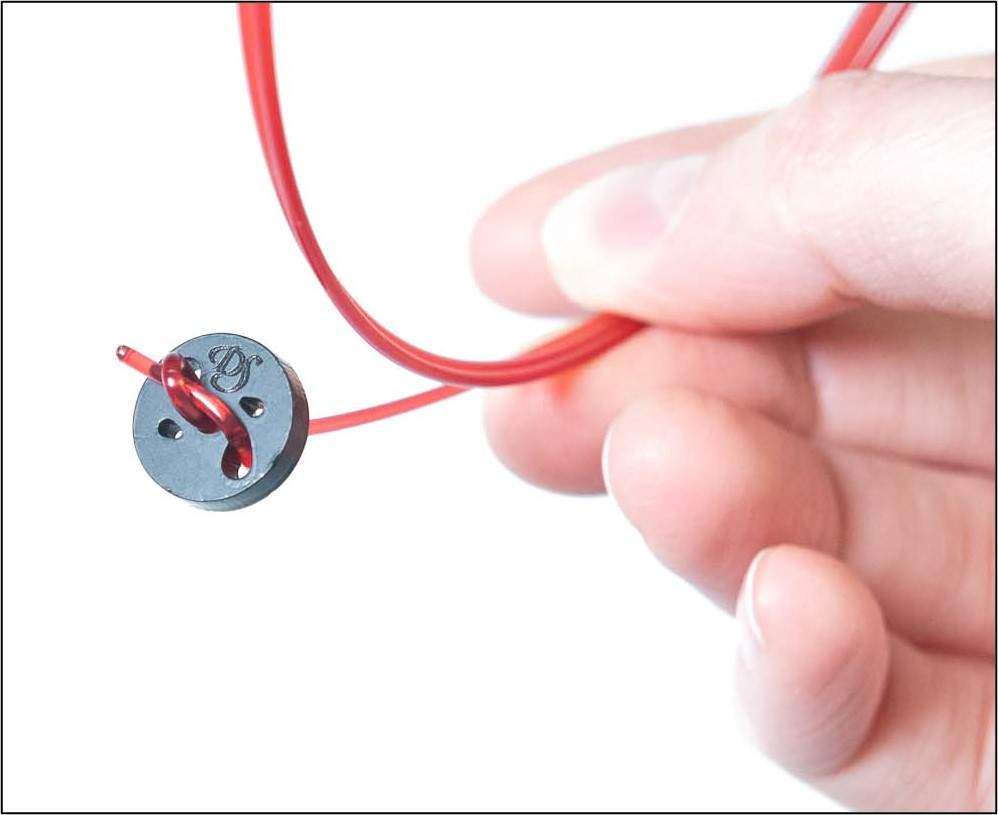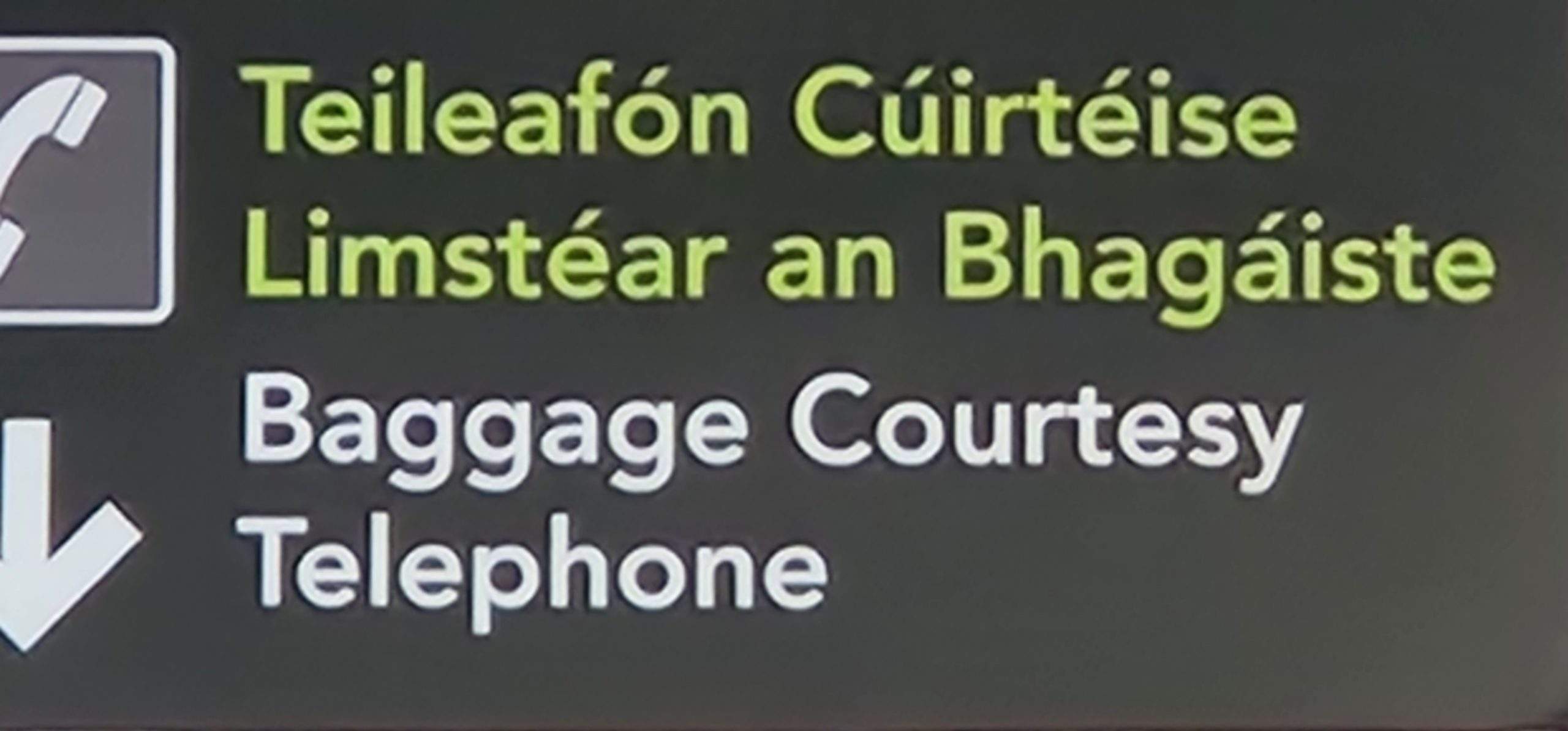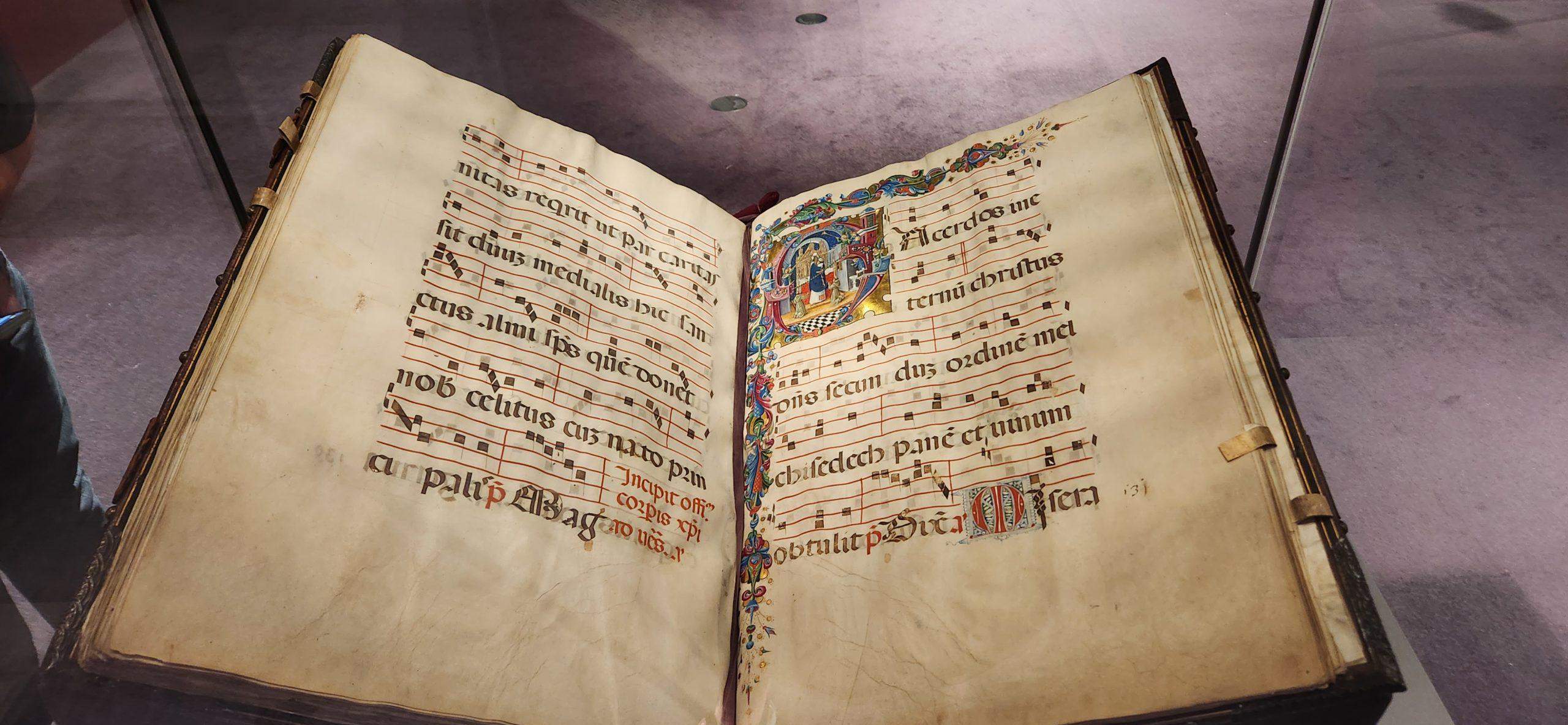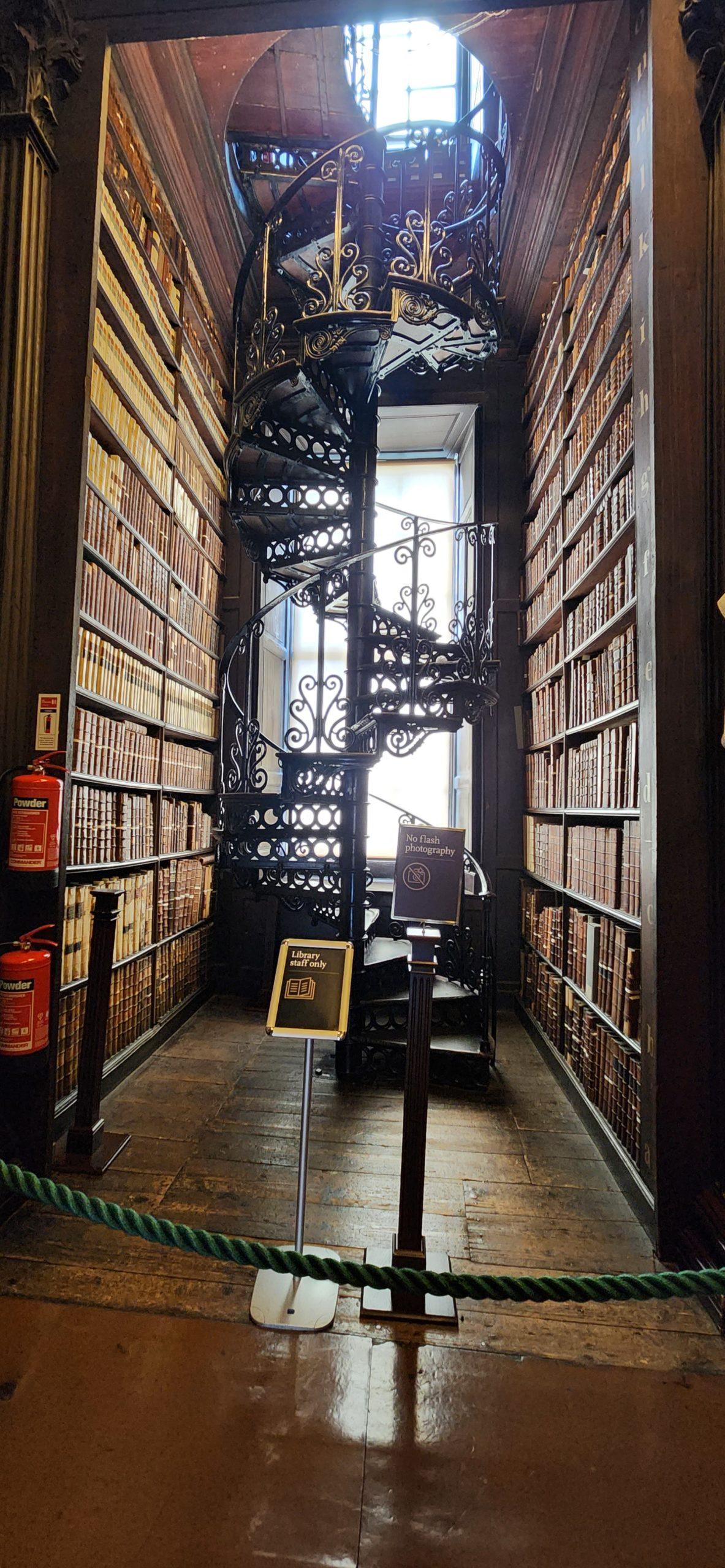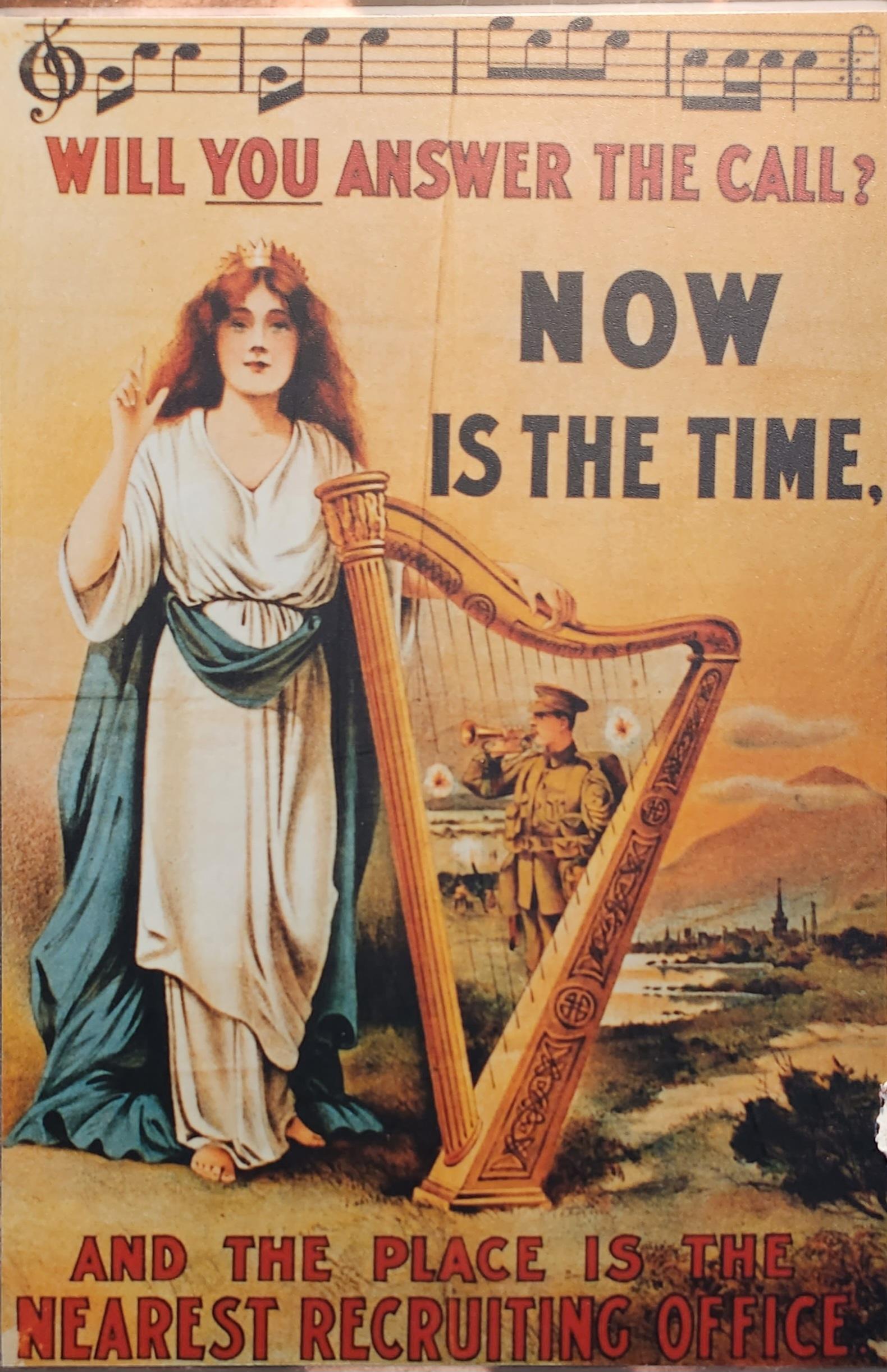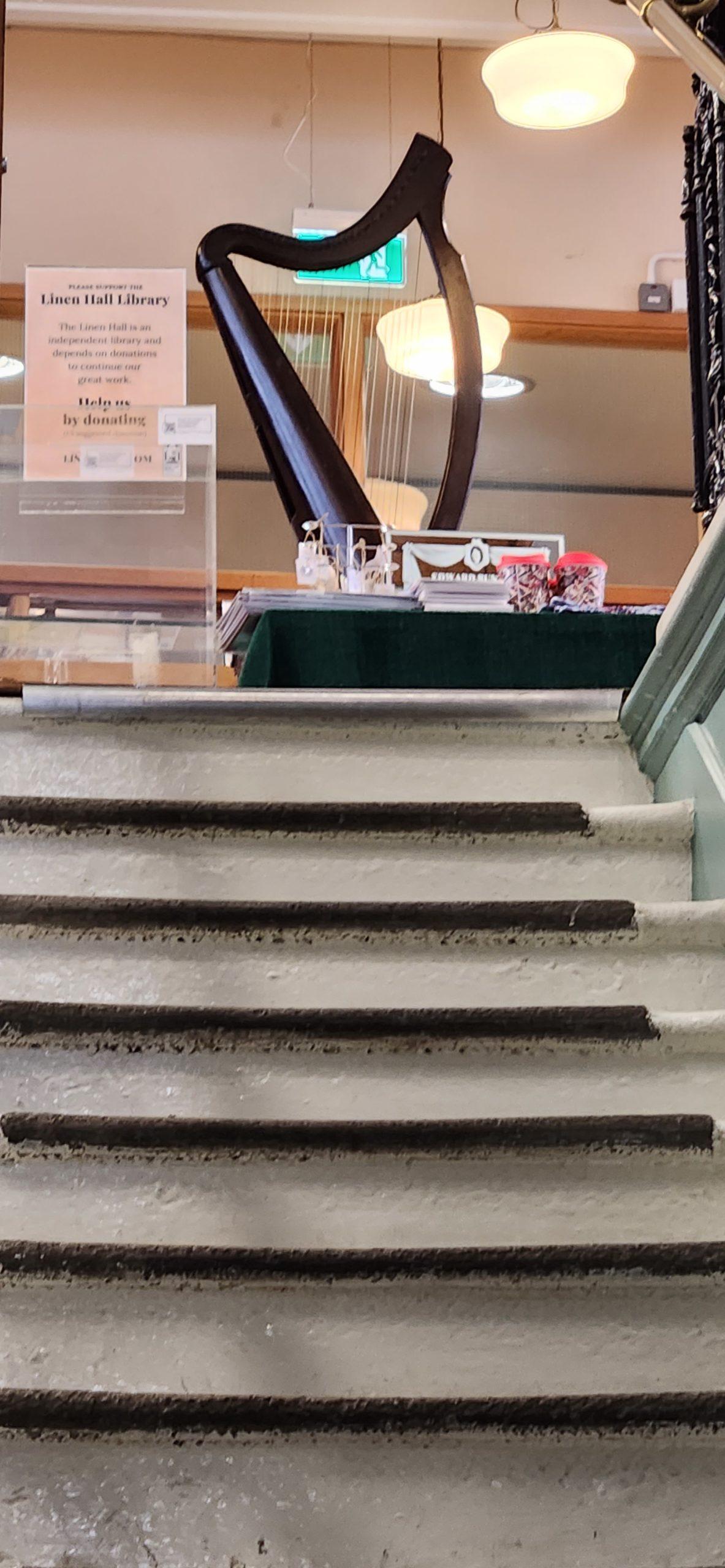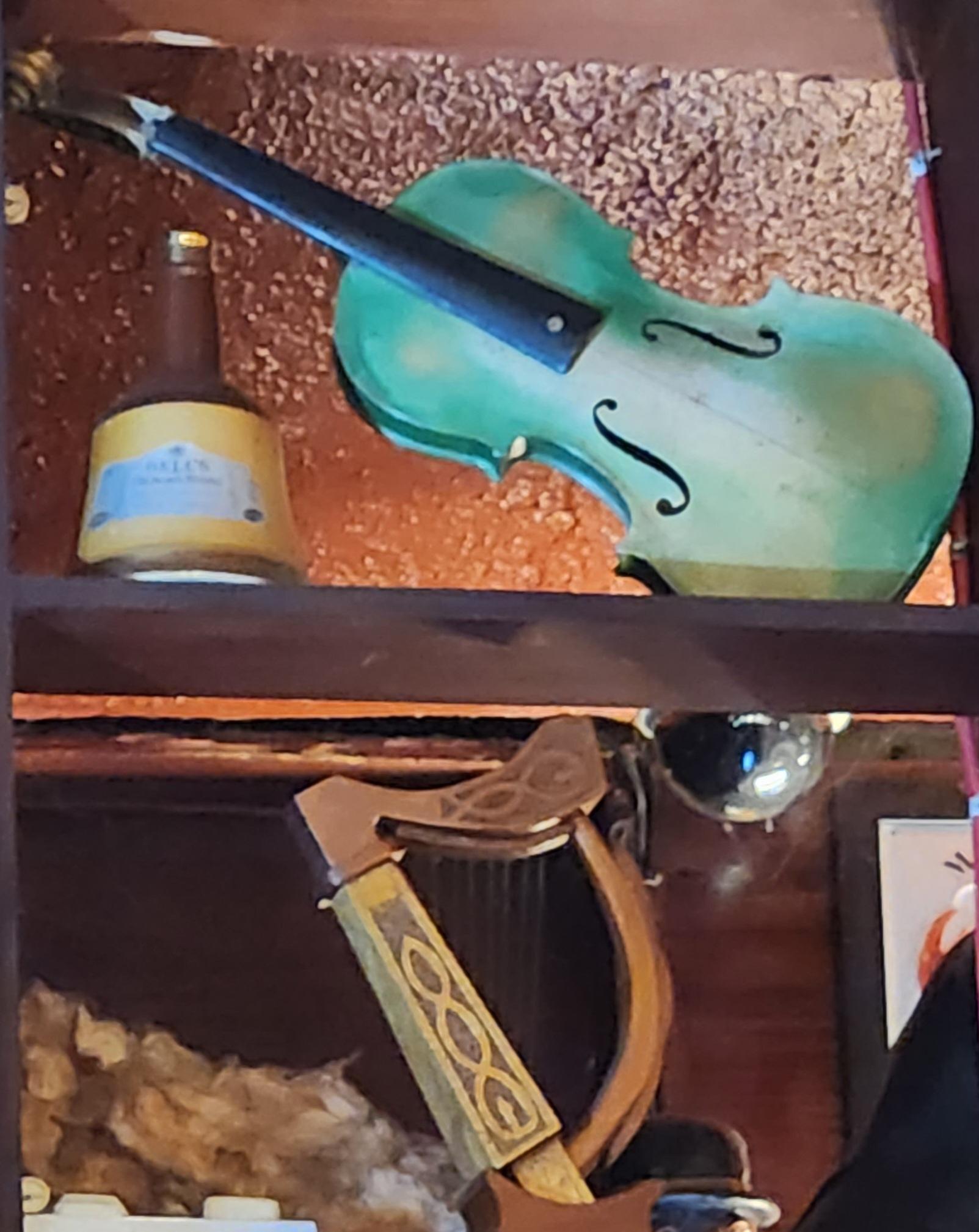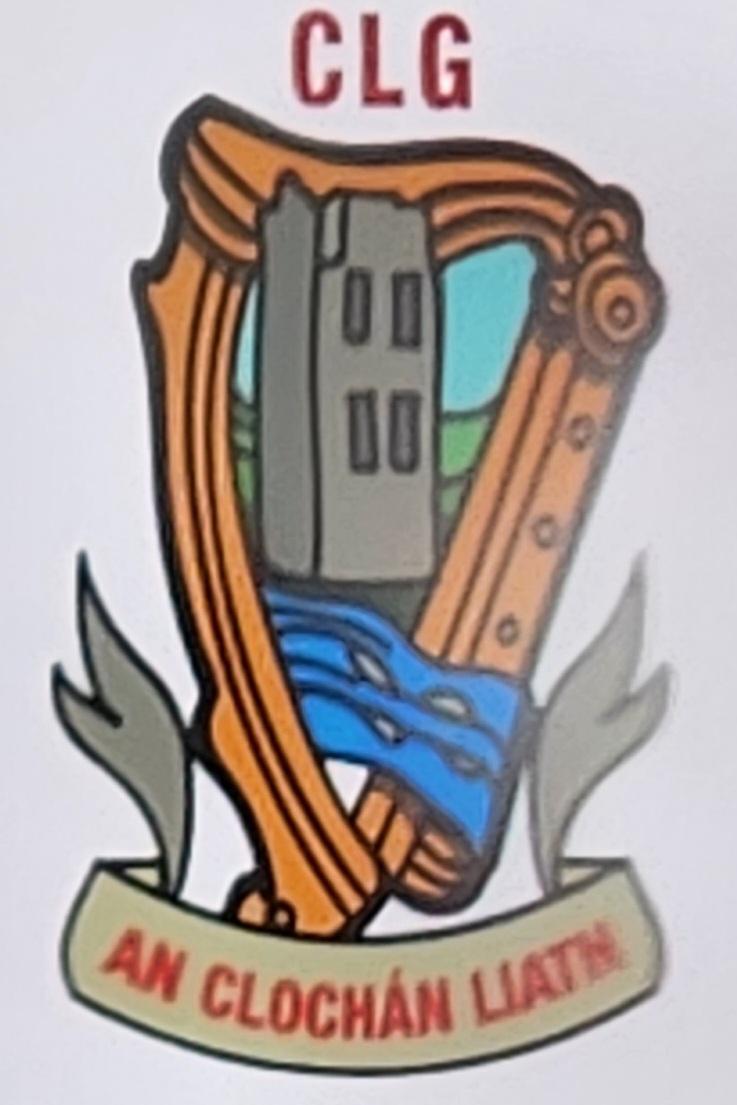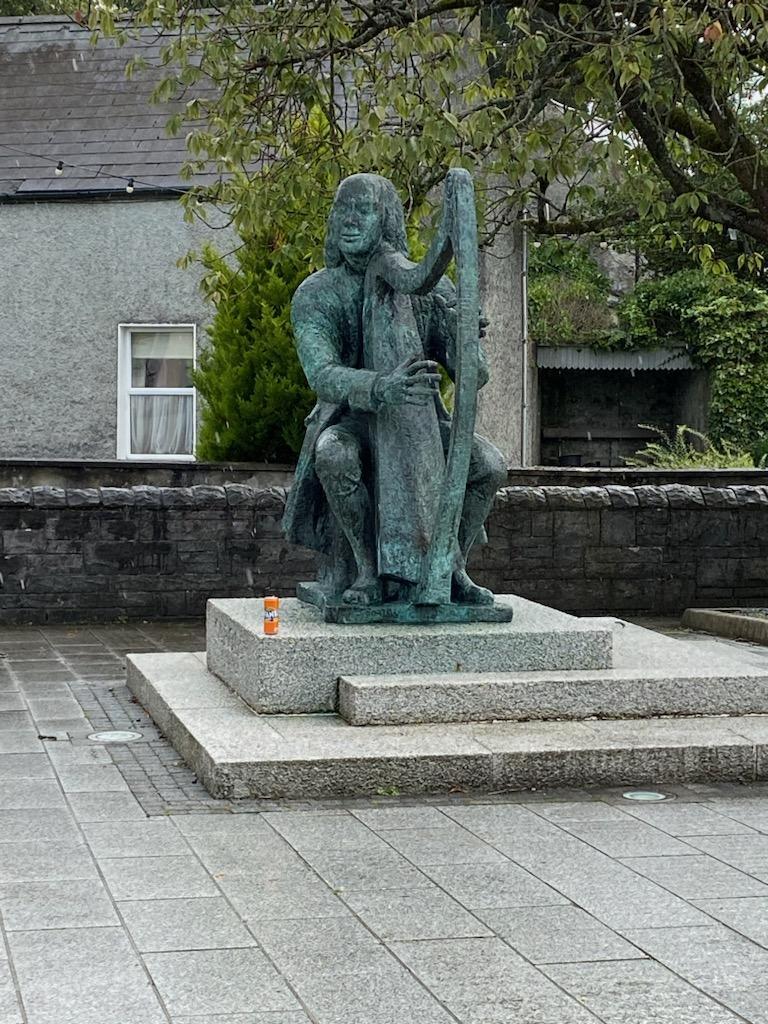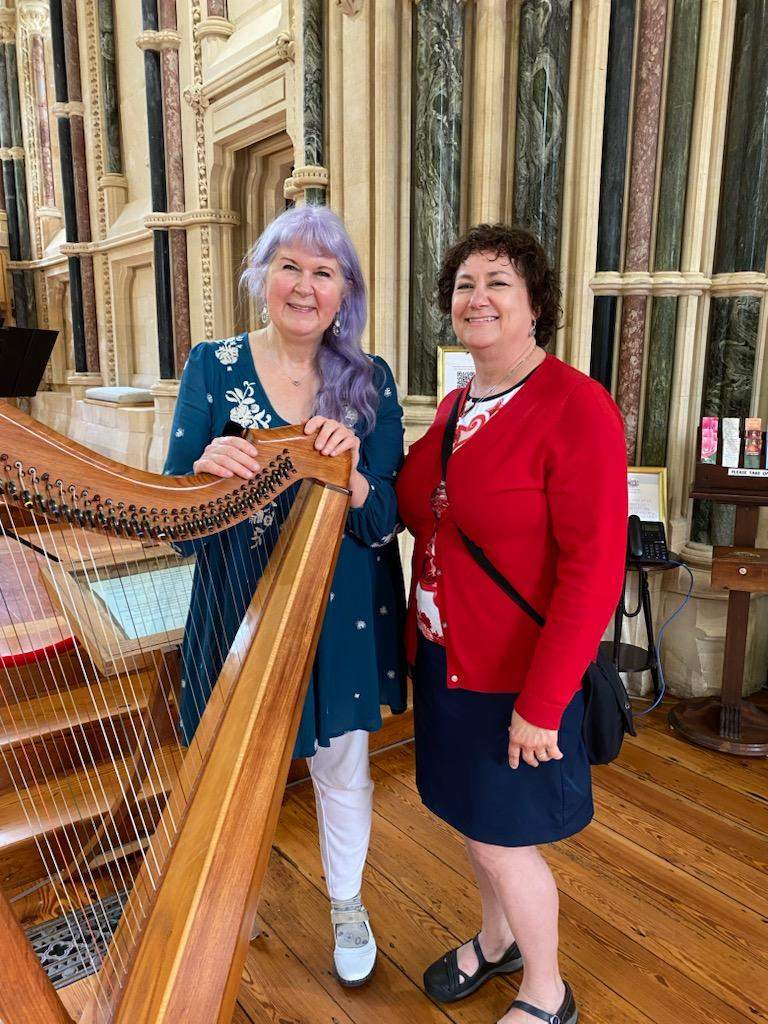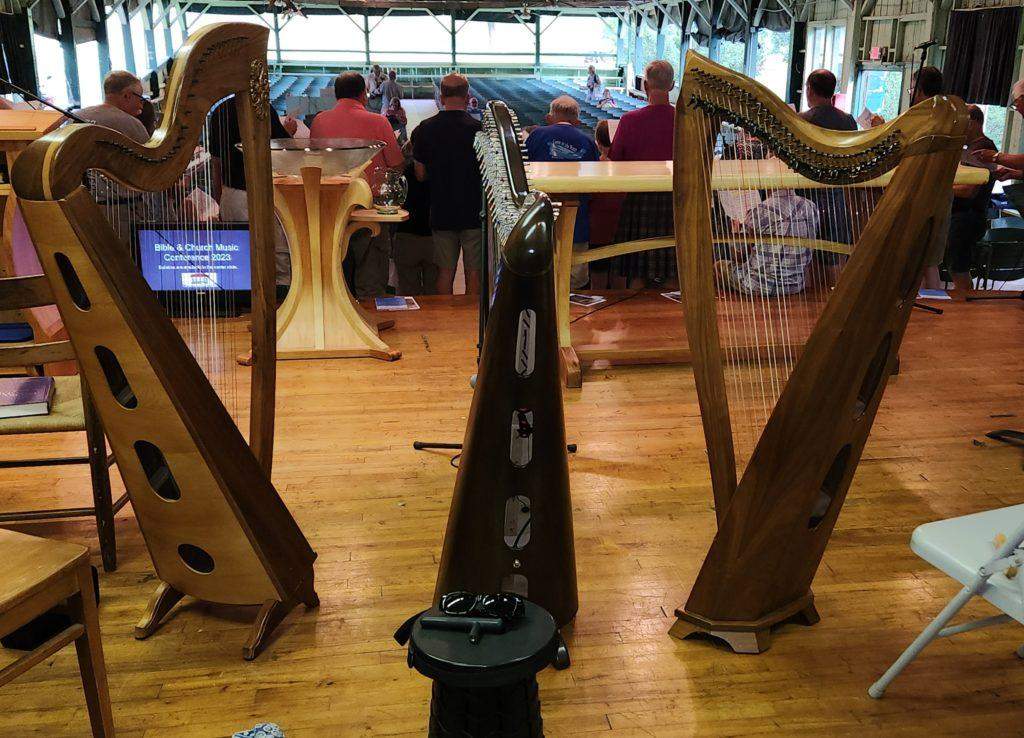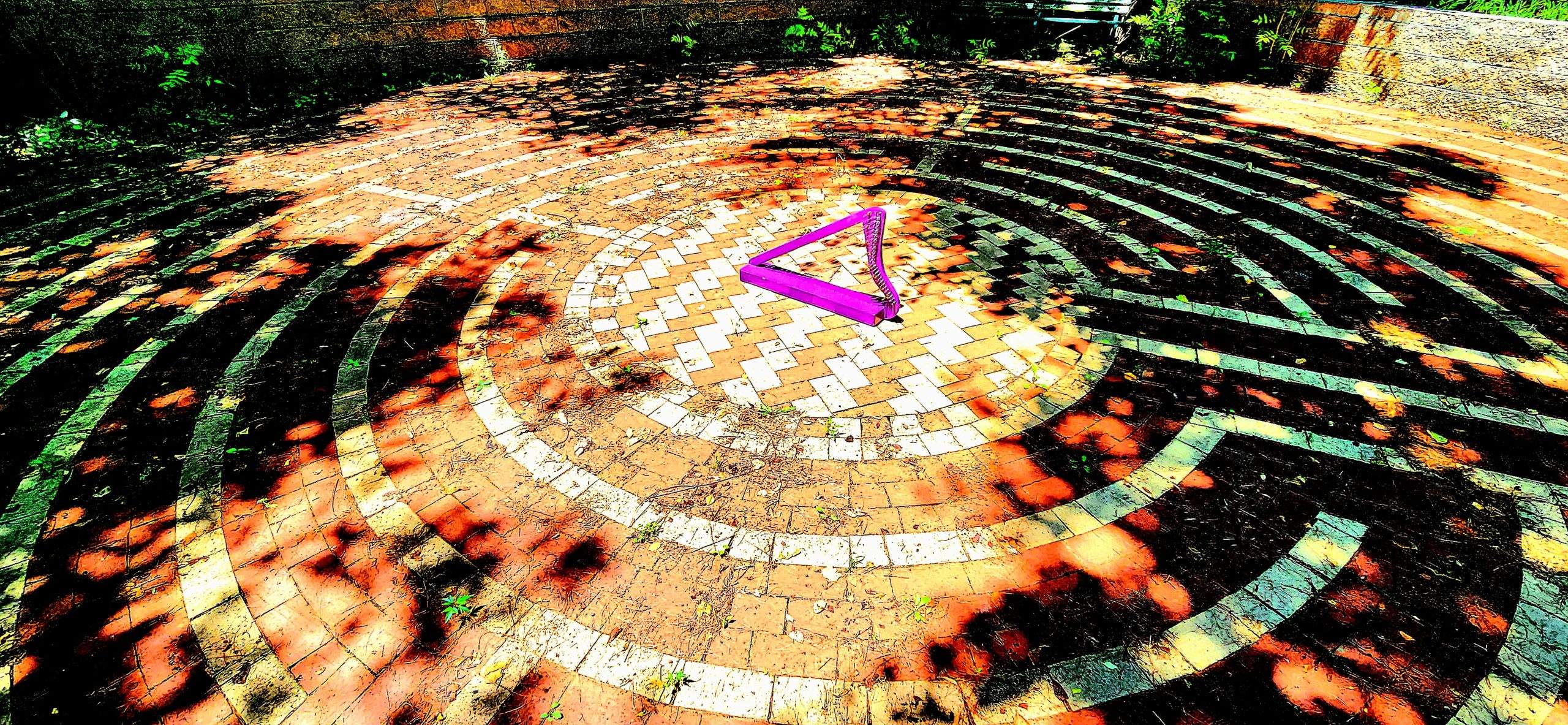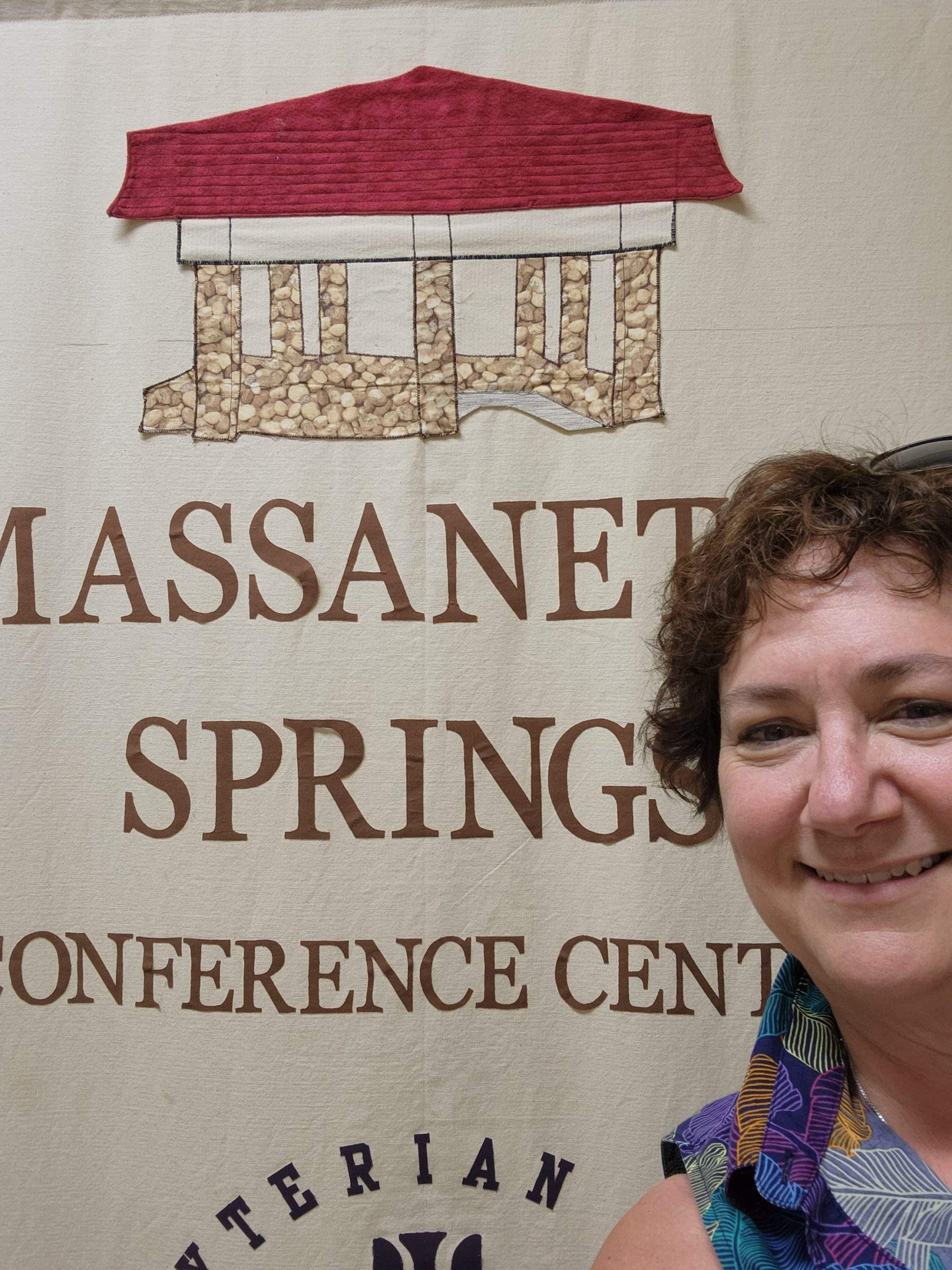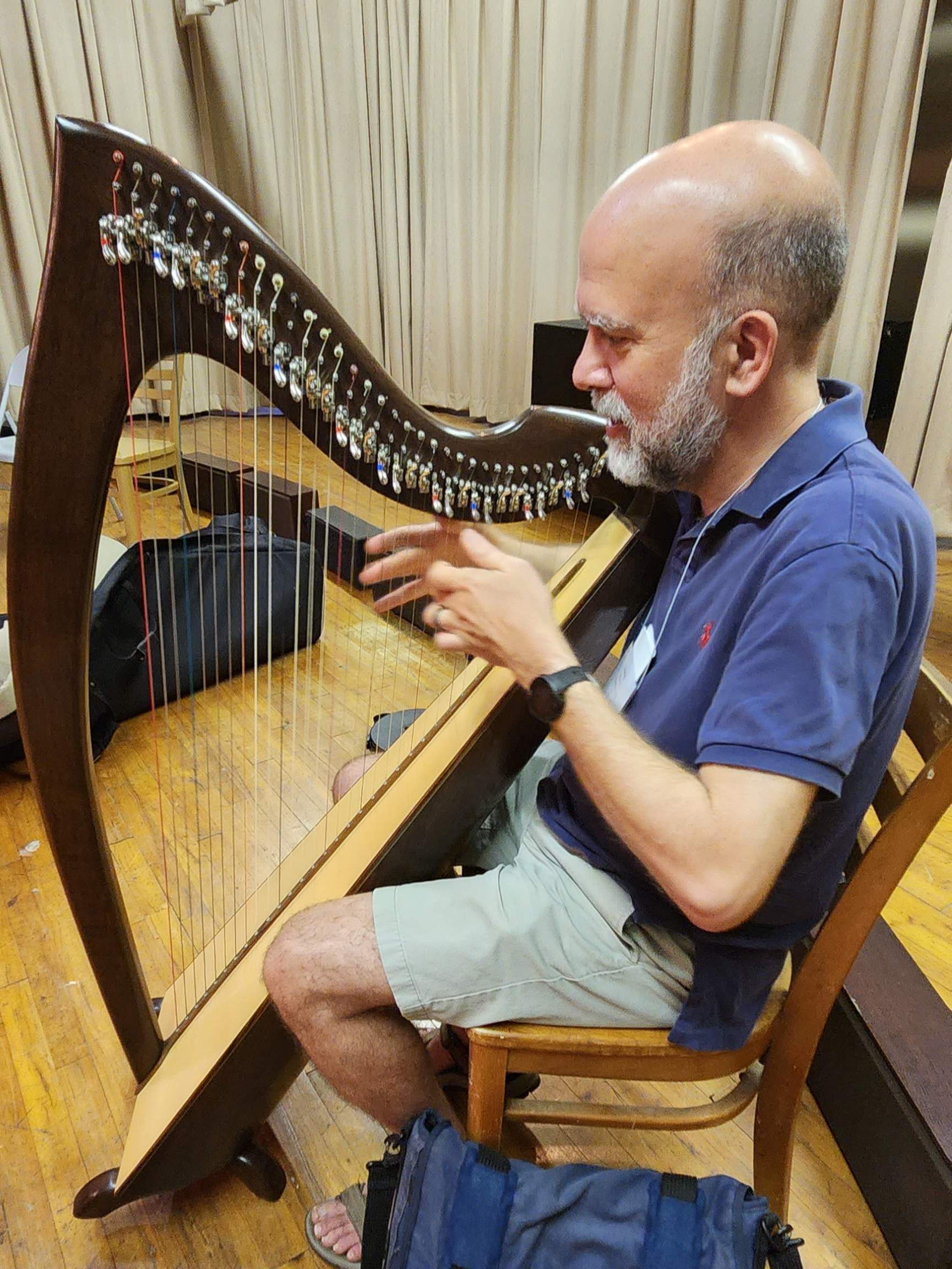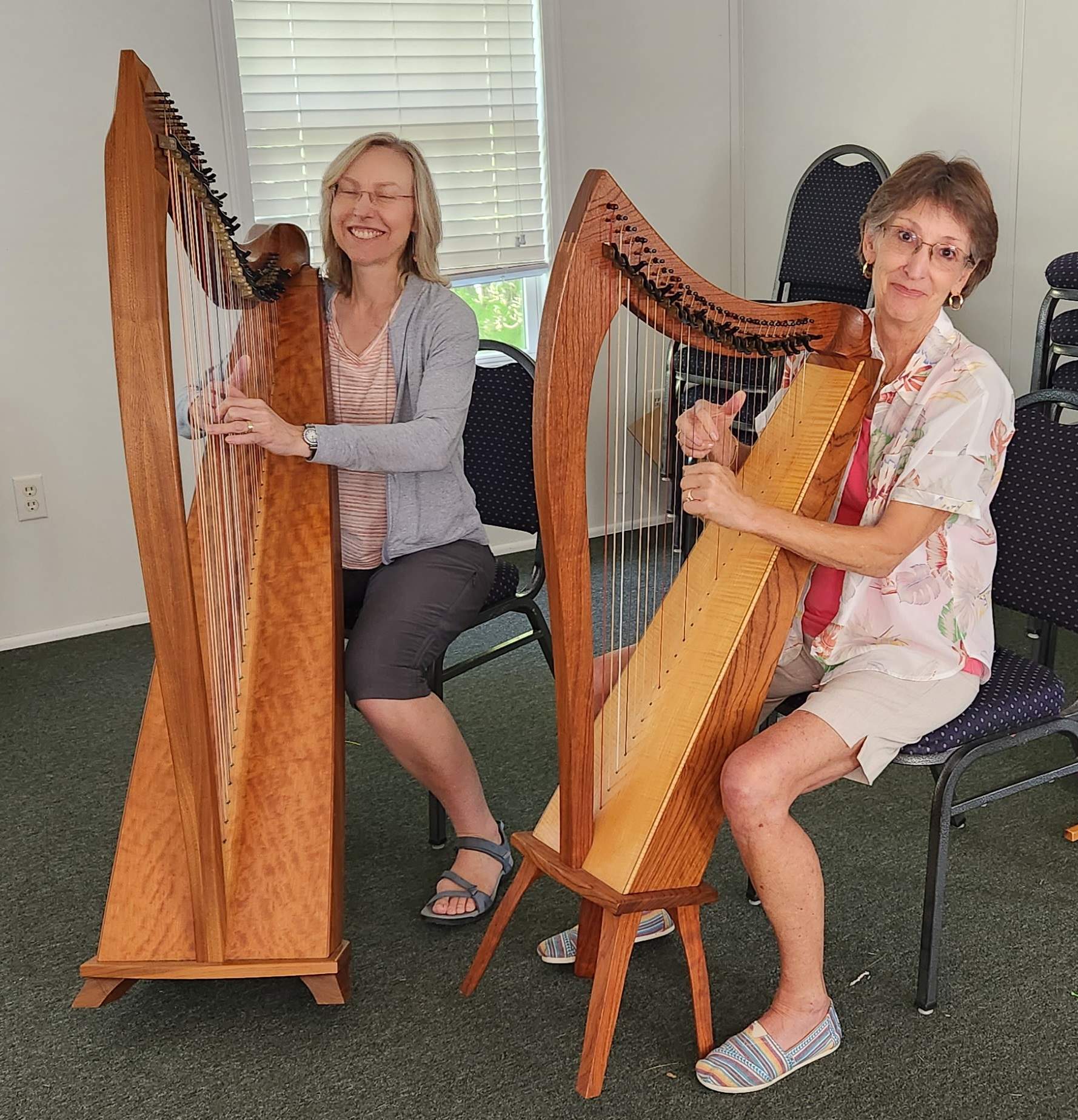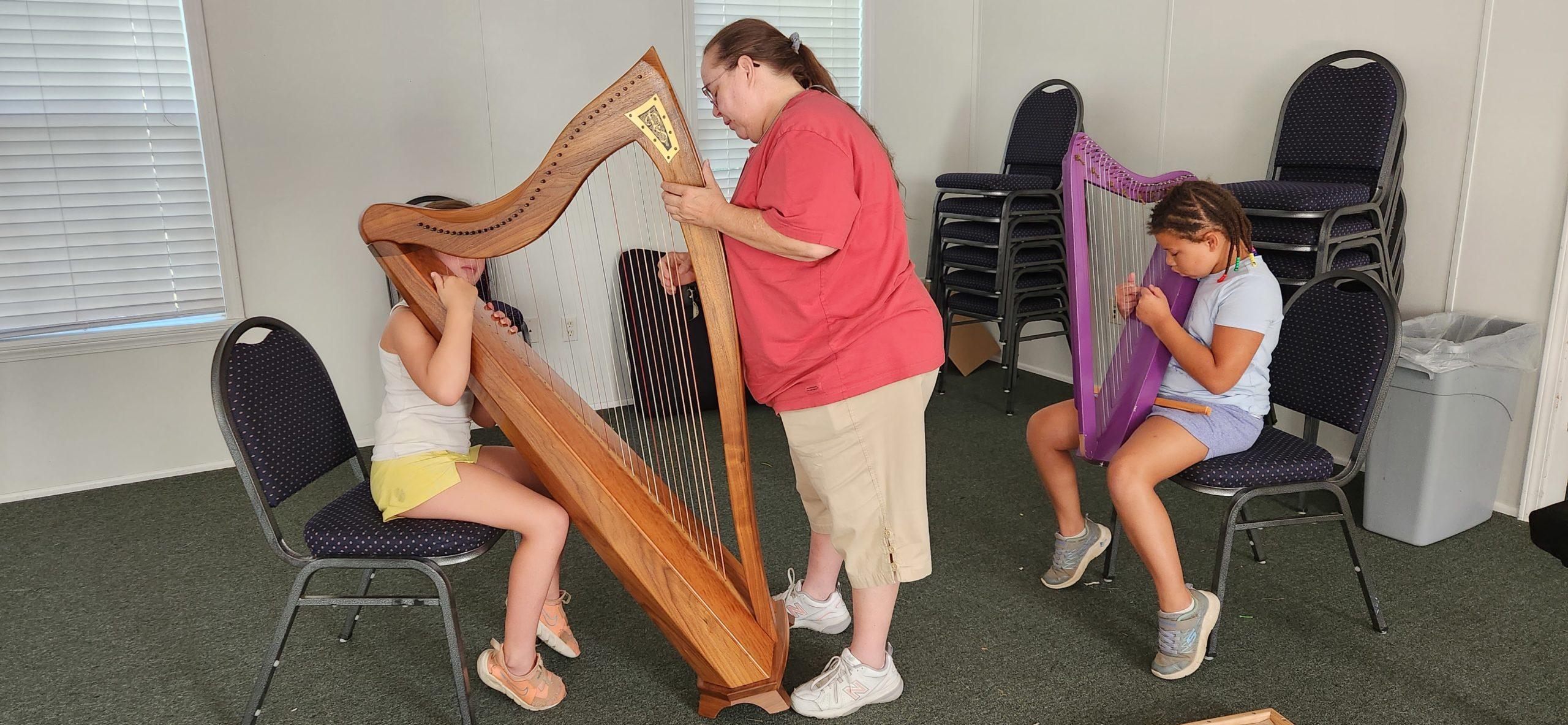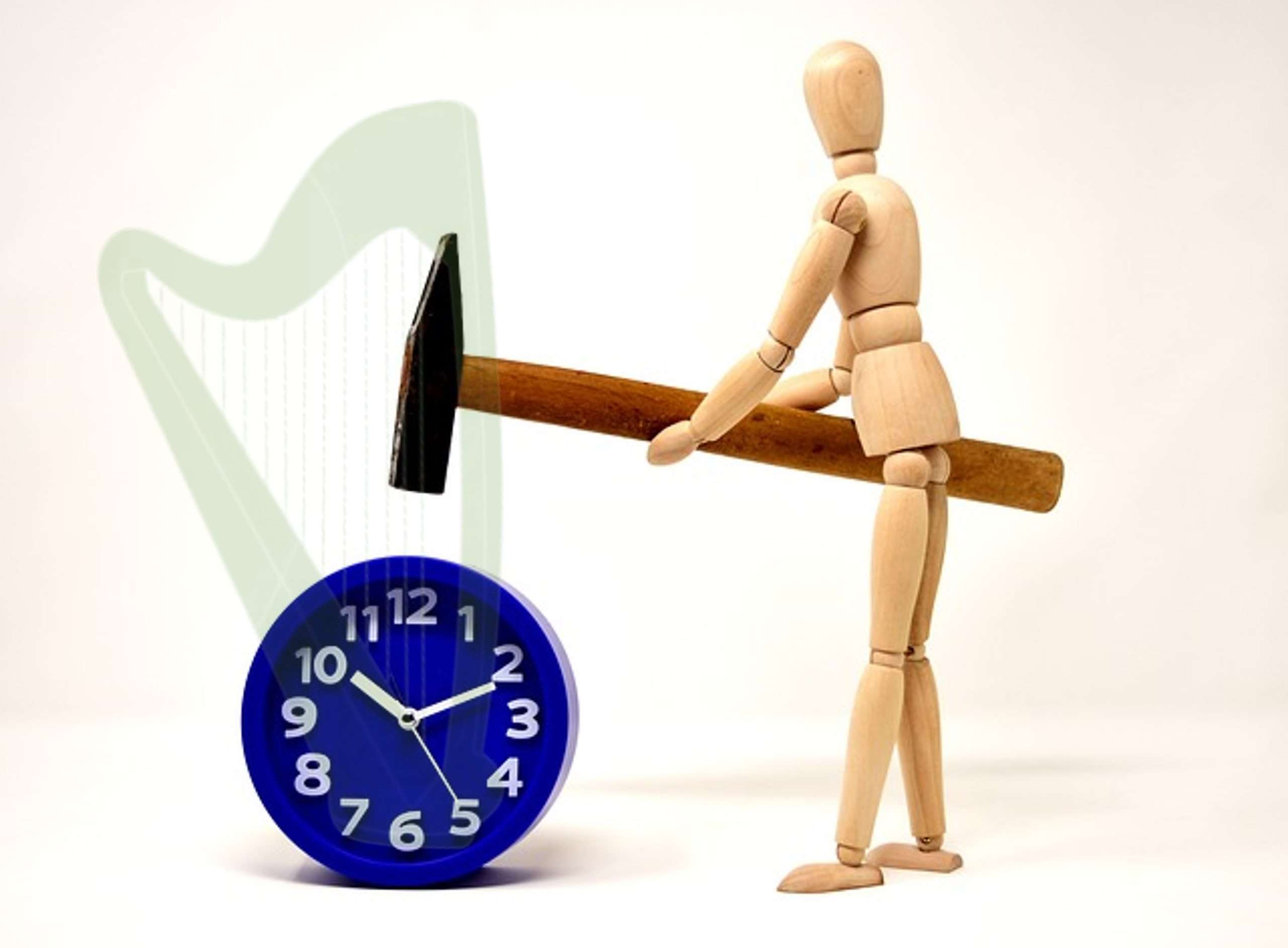- Pumpkin Spice Everything
Remember when Pumpkin Spice was an autumn thing? It originated with holiday pies and then after hundreds of years (somehow, I’m not going to pretend to understand the mechanics of food fashion) it moved to coffee. Then it migrated to other foods like cereal, donuts, yogurt, snack chips, etc.
This is wonderful – if you’re a pumpkin spice fan. You get more opportunities to enjoy your treat in many forms. If you wanted to, you could be awash in pumpkin spice (literally – there’s pumpkin spice body wash). You could take your freshly washed pumpkin spice self to chase your pumpkin spice donut with a pumpkin spice coffee. Pumpkin Spice Everything!
But there’s a dark side to Pumpkin Spice Everything (PSE). When PSE is all the time for everything, it’s easy to get burned out on pumpkin spice. With enough exposure you can become tired of it and PSE loses its attraction. You see a PSE item and think, “ugh” or worse, “yuk”.
What does this have to do with playing the harp? Well – everything, of course! Instead of coffee, donuts, and body wash, think air, jig, march and instead of pumpkin spice insert broken triads, boom chucks, or octaves.
When you introduce a left-hand pattern in a tune, it might be exciting and captivating – dare I say it – perfect. But if it appears everywhere in everything you play, it will lose that special quality that made it perfect to begin with. Not only will perhaps get bored with playing it, your listeners might lose that flare of interest they looked forward to and drew them to the music.
Don’t misunderstand – I’m not talking about how complicated the left-hand pattern is, only that it should not be used to inundate the listener (like with an overactive shake of pumpkin spice!).
If you are new to arranging your tunes, it might be uncomfortable to branch out from stuff that works and with which you feel comfortable. If you’re less experienced with playing, you may doubt your ability to play different patterns. Believe me, you will get there!
Are you maybe in a comfortable rut? Not sure? Just observe your playing. If you always use your “go to” patterns, you’re probably in a rut. You might be at the PSE stage where everything is the same all the time. But how do you keep the specialness of your left-hand patterns and make them something that captures attention? Here are a couple of ideas –
Copy/Paste! I’m sure you have books and recordings of your harp heroes. If you’re at a complete loss about where to start, listen to their recordings and read their books of arrangements. What patterns do they choose? How do those patterns mate to the melody? (and if there are patterns you don’t like, you can not do those!). You can also copy/paste from more than one harp hero.
Cheat Sheet. Put all the left-hand patterns you can think of on a single page – a cheat sheet. Keep it nearby your practice space so you can try options in different places in each of your pieces. Start with something you know well so you’re not struggling to play the tune and have smooth sailing to try something fresh (PS – if adding something in sends the melody into a tailspin – go back to learning the melody, you don’t know it as well as you think you do).
Make up your own – there’s no rule that says, “these are the sanctioned left-hand patterns, all others are forbidden”! (some might argue this point, but why are you listening to them?) Try your ideas. Some will work. Some won’t. Remember Edison? There were loads of failed attempts before there were light bulbs! Better still, record your ideas – because your ideas will dissipate into the ether whether they’re good or bad. If you’re recording, when serendipity strikes, you’ll be able to recreate it.
Have you fallen into the Pumpkin Spice Everything season with your music? Had you noticed if you had? Did you try any of these ideas? Do you have other ideas to keepbthe excitement? Let me know in the comments!
